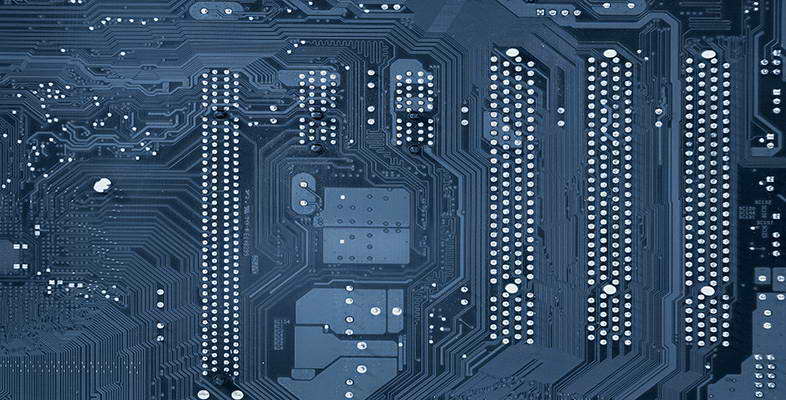8.1.7 Recording
Recording your understanding of an academic paper is an important aspect of reading it. Being able to relate it to the literature you already know – that is, contextualising the paper in the literature – is another. At the moment, of course, your knowledge of the academic (and other) literature may be very small – or indeed non-existent. Everyone has to start somewhere. Here you will begin recording your understanding of the academic literature in your BDMS.
Activity 21
Having read and annotated Keshav’s paper, update the entry in your BDMS with your notes.
Discussion
Having added the abstract and our notes, our own entry now reads:
CiteKey: Keshav2007How
Title: How to read a paper
Author(s): S. Keshav (keshav@uwaterloo.ca)
Format: Academic paper
Publisher: ACM SIGCOMM Computer Communication Review
Year: 2007
Pages: 83–84
URL and last accessed: http://dl.acm.org.libezproxy.open.ac.uk/ citation.cfm?doid=1273445.1273458 [Tip: hold Ctrl and click a link to open it in a new tab. (Hide tip)] Last accessed: 19 November 2013.
Referenced by: OpenLearn free course materials
Abstract: ‘Researchers spend a great deal of time reading research papers. However, this skill is rarely taught, leading to much wasted effort. This article outlines a practical and efficient three-pass method for reading research papers. I also describe how to use this method to do a literature survey.’
Notes: An excellent resource that provides an efficient workflow for reading an academic article.
As you go on collecting information resources, you’ll find that it is worth being critical about what you retain in your BDMS – not all information resources are worth keeping. It is also good to be systematic. It is good practice to record a resource directly after having found it; then record your thoughts after the first pass and update your notes after subsequent passes.
Your BDMS needs to both discriminate and retain a level of understanding of the resource. With this in mind, we have positioned the Recording stage after the Assimilation stage (although, as noted, you may make an initial note of the discovery at an earlier point).
